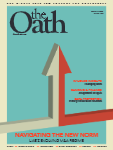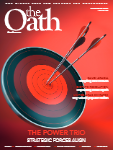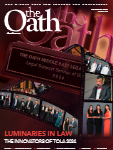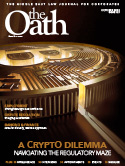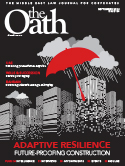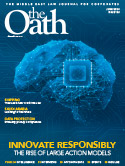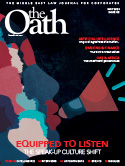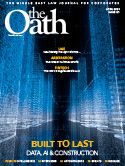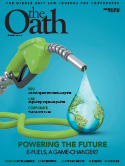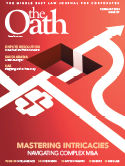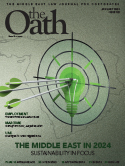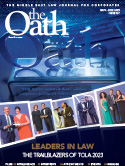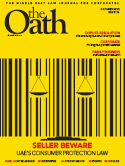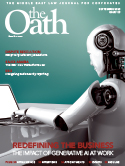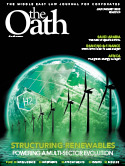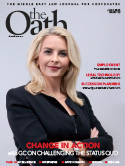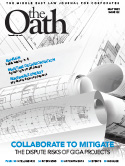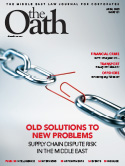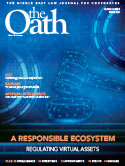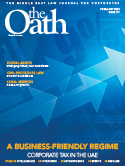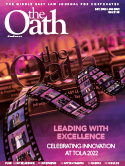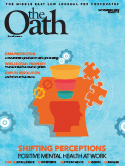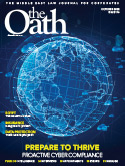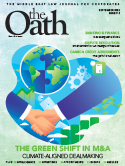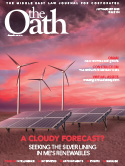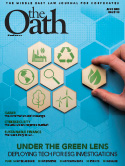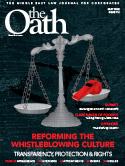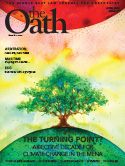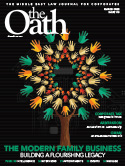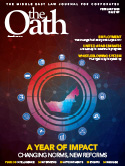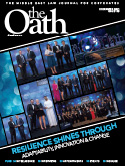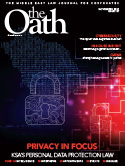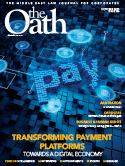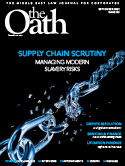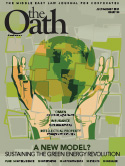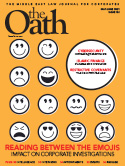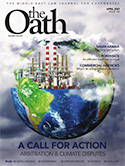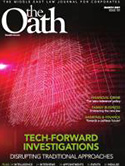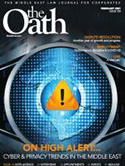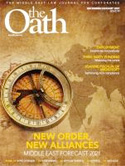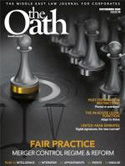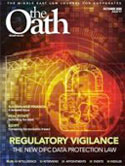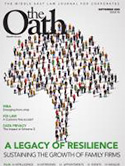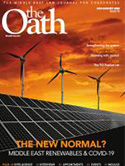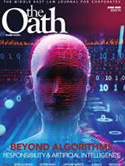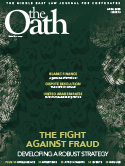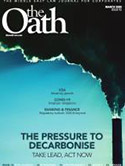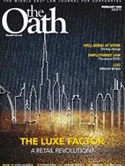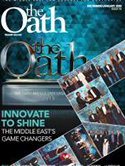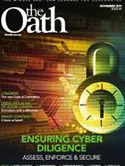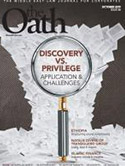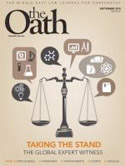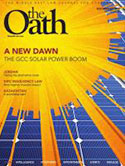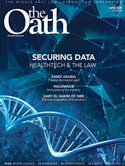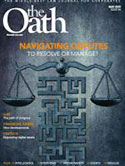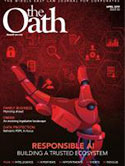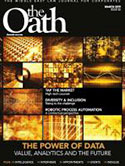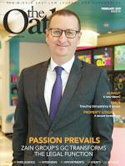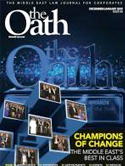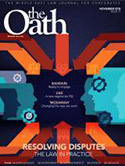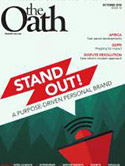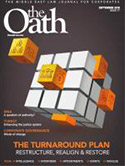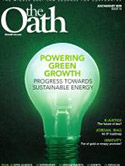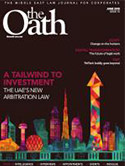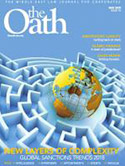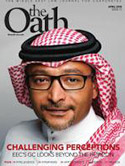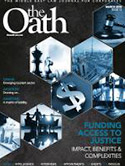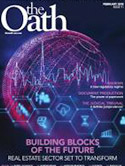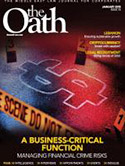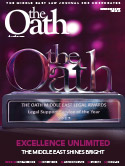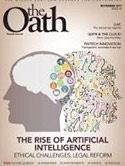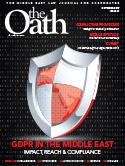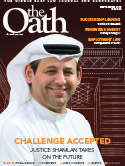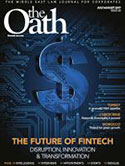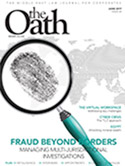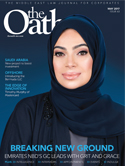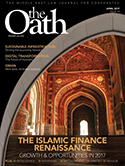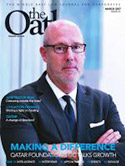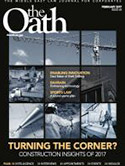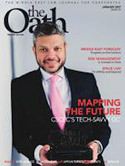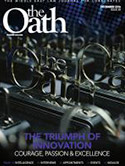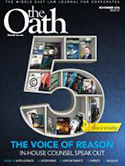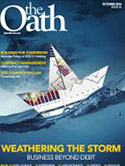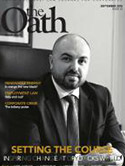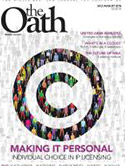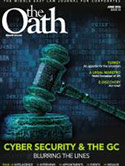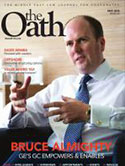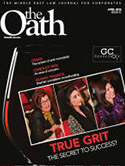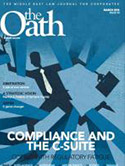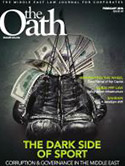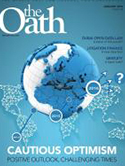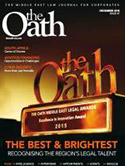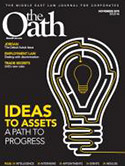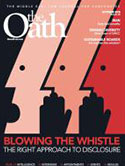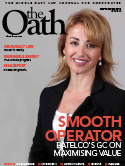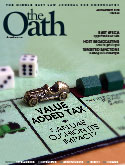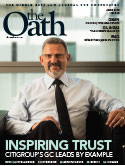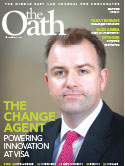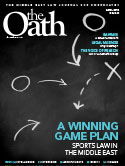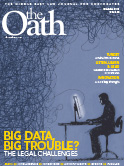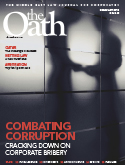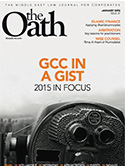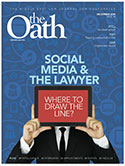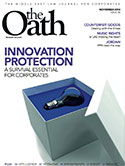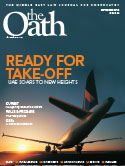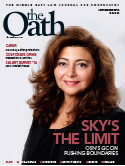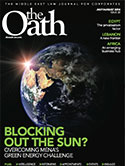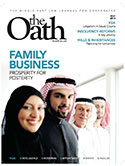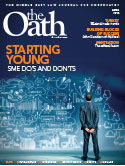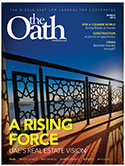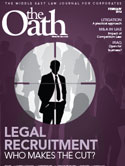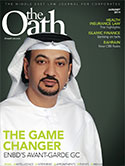Building high-performance legal teams
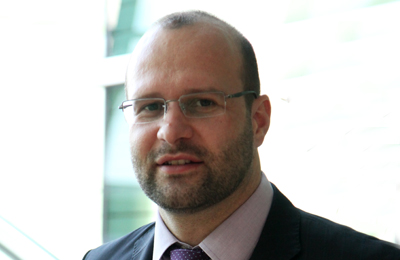
Gregor Pannike of Easa Saleh Al Gurg Group shares his thoughts on designing and nuturning a functional and efficient legal department within the organisation.
Hiring and retaining excellent talent with strong academic background is only part of the challenge a General Counsel might face in his human resource management tasks. However, designing and nourishing of highly performing and well-functioning legal teams in a cross-cultural setting, dispersed within various geographical regions poses additional great difficulties in delivering optimal results and quality services to stakeholders. This article shares a basic toolset and framework relevant to overcome such common challenges.
1. Addressing perceived power imbalances
Depending on the structure of a global legal team, their members might be located in various geographical areas, number of offices and varying size of teams in each location. All those structural factors determining social distance could cause challenges in creating a common team spirit among the team members. There might be e.g. resentments from the larger group towards a minority group or misperceptions might occur towards locations where the GC is stationed or close to the company headquarters. The more it is of importance for the GC to foster actively a cross-regional unity while encouraging sensitivity for differences, to define a common purpose in line with the corporate-goal and emphasise the significance of each team members contribution in achieving departments or company’s strategy
2. Building empathy among team members
Building empathy among geographical dispersed team members or members from various cultural backgrounds is key to reduce social distance and thereby boosting active communication and information-sharing. Creating a safe environment which permits informal discussions between colleagues, whether about work or personal-related topics, elicit feedback to interactions and awareness on how other see them as well as room to disagree helps them to interact more productively in a more formal context. Due to lack of regular face time with remote team members, GCs need to include particularly those colleagues by way of periodic virtual meetings or telephone calls to increase the sense of mutual understanding.
3.Managing language and fluency gaps
Strong communication channels among legal team members drives effective knowledge-sharing, decision-making, coordination and hence optimal performance results. However, different levels of fluency of the commonly spoken language among members could create social distance and affect communication. To maintain good communication levels GCs have to actively manage it and set rules of engagement such as that dominant speakers must agree e.g. to slow down their speaking pace, encourage less fluent speakers to contribute and provide airtime within discussions. Keeping track who is participating and who is not will help to monitor members communication habits and to balance their speaking and listening.
4.Addressing identity-based mismatch of perceptions
Preventing identity based mismatch of perceptions is another key aspect for creating functional teams in a multicultural environment. While adapting to a new cultural environment a GC should avoid making assumptions what the behaviours of his colleagues might mean. Taking a step back, putting more efforts in learning from and listening to team members and asking plenty of questions helps to avoid misperceptions and enables to establish a two-way communication between the GC and his/her team members.
5.Using the right communication technology
Using the right communication technology respectively – instant or delayed forms of communication – can be crucial to achieve indented purpose most efficiently and to align with colleagues located in different time zones. Requesting for telephone call or video-conferencing with members spread over different time zones might be inconvenient and impact the productivity of the discussion. Delayed forms such as emails might be more adequate. However, instant technology would be valuable when GCs need to persuade his team members or reinforce a message. Since team members quickly adjust to the GC’s preferred way of communication, he/she should lead by example and communicate in this manner to him or herself.
Columnist: Gregor Pannike, group head – legal, Easa Saleh Al Gurg Group







